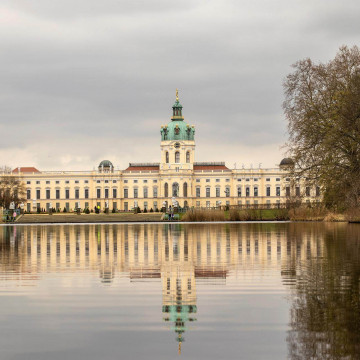Brutalist - architectural style definition
Brutalism is an architectural style that emerged in Europe and North America in the 1950s and 1960s. It is characterized by a raw, industrial look of buildings that are made of concrete, steel and glass. Brutalism took inspiration from modernism but opposed its luxurious and modern aesthetics by focusing on the stark, austere appearance of buildings.
Brutalism was popular in the 1950s and 1960s in many countries, including the US, UK and Eastern Europe. In the US, Brutalism was often used in the construction of public buildings such as libraries, schools, and government buildings. In Britain, Brutalism was especially popular in the 1960s and 1970s, when many buildings were constructed of concrete, steel and glass.
Brutalism was popular because of its simplicity and economy of resources. Buildings built in this style were cheap to build and easy to maintain. In addition, Brutalism was designed to fit the scale of the city and be easily expanded.
Brutalism was also popular because of its ideological assumptions. Many buildings built in this style were designed to symbolize a new, better future for people. Brutalism was considered an architectural style that could provide better housing for people and a better working environment.
Brutalism is an architectural style that was especially popular in the 1950s and 1960s. This style is characterized by austerity, strong geometric forms and the use of raw, untreated materials such as concrete. Brutalism is derived from modernism and is known for its expressive aesthetics and exposing structures and materials.
Precursors
The precursors of Brutalism were architects such as Le Corbusier, who made an important contribution to the development of modernism. His works, such as the Unité d'Habitation in Marseille, France, are recognized as influential in the development of Brutalism.
The most popular buildings in the brutalist style are
Barbican Center - London, UK: This is a complex of residential, cultural and commercial buildings built in the 1960s. It is one of the largest housing estates in Europe and has become an icon of brutalism.
Ronchamp Chapel - Ronchamp, France: Designed by Le Corbusier in the 1950s, this Catholic chapel is known for its unique form and use of concrete to create dynamic forms and light.
Delft University of Technology Department of Architecture - Delft, Netherlands: This building designed by Van den Broek and Bakem was completed in 1970. It is a fine example of Brutalism with its large concrete blocks and distinctive window openings.
Heydar Aliyev Center - Baku, Azerbaijan: This modern complex designed by Zaha Hadid Architects is one of the more modern examples of brutalism. It uses smooth concrete forms that flow smoothly into one another.
Trellick Tower - London, UK: Designed by Ernő Goldfinger, this iconic residential tower has become a symbol of brutalism in London. Its expressive geometric forms and concrete panels are characteristic of the style.
Center for Art and Culture Congresses - Katowice, Poland.
"Brutalist Playground" skyscraper - Rotterdam, Netherlands.
These structures are just a selection from the many notable examples of brutalism around the world. The style is often controversial and evokes extreme reactions, but it remains an important part of the history of architecture.












